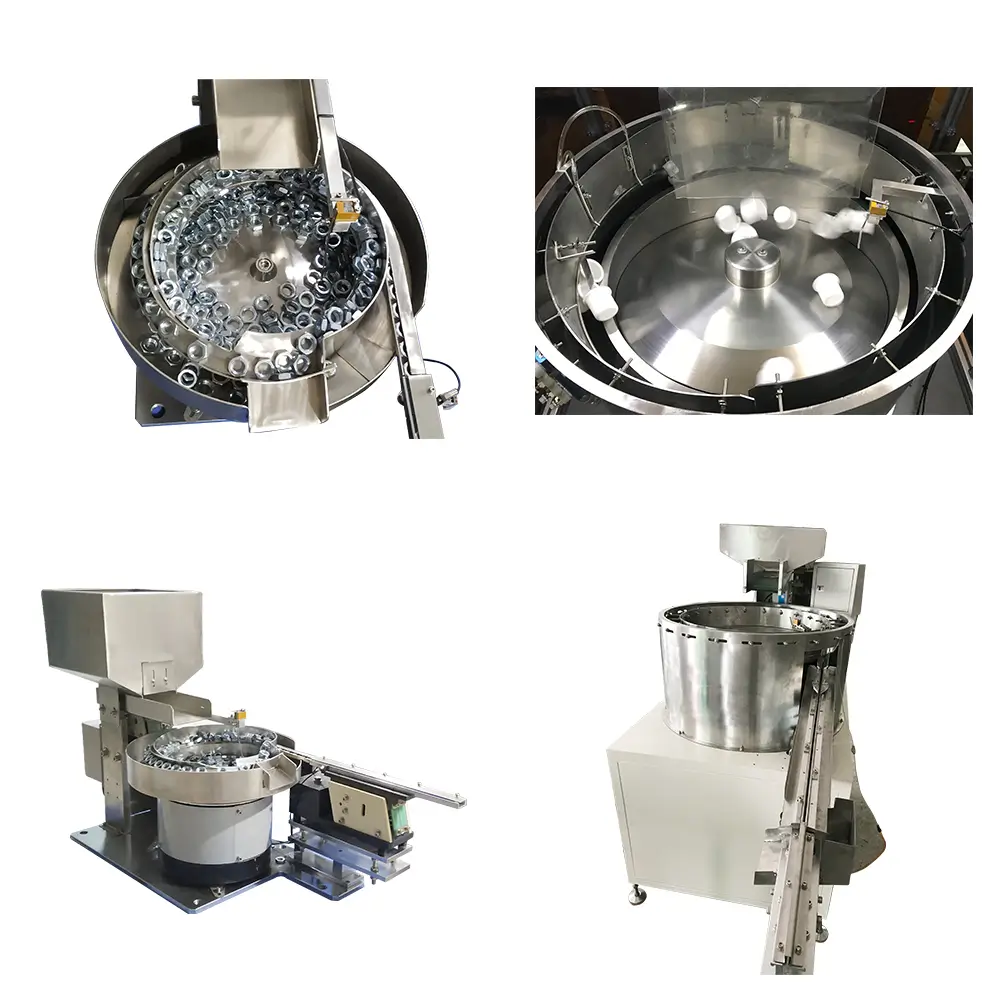When selecting a vibratory feeder or a centrifugal feeder for our production line, we must consider several key factors that will impact operational efficiency and overall productivity. Here’s a guide to help navigate this crucial choice.
Click here to learn more: The Difference Between a Centrifugal Feeder and a Vibratory Bowl Feeder
1. Understand Material Requirements
The first step is to analyze the types of materials we handle. Vibratory feeders excel at moving lightweight, small parts like screws and washers, making them ideal for applications requiring precise positioning. Conversely, centrifugal feeders are better for bulk handling of irregularly shaped items, such as tablets or nuts. Knowing our materials will guide this decision.
2. Assess Throughput Needs
Evaluating the volume of materials to be processed is essential. Vibratory feeders provide high-speed, continuous operation, suitable for high-throughput environments. If rapid, consistent delivery is crucial for our line, a vibratory feeder may be the best choice. If we need quick distribution to multiple locations with some speed variability, a centrifugal feeder could be more efficient.
3. Consider Space Constraints
The layout of our production area significantly influences our choice. Vibratory feeders typically have a compact design that fits well in tight spaces. In contrast, centrifugal feeders require more room due to their larger operational footprint and need for proper positioning. Assessing our available space will help narrow our options.
4. Evaluate Material Handling Needs
For fragile or sensitive materials, vibratory feeders offer gentler handling, minimizing damage risks. In contrast, centrifugal feeders can deliver high speeds, which is beneficial when speed is critical and materials can withstand the process.
5. Maintenance and Operational Costs
Both feeder types have different maintenance needs and operational costs. Vibratory feeders generally have fewer moving parts, requiring less maintenance and leading to lower long-term costs. Although centrifugal feeders may incur higher maintenance costs due to their complexity, they can offer increased efficiency for specific applications.
6. Customization and Flexibility
Customization is another important consideration. Many suppliers provide tailored solutions for specific operational needs. If our applications involve varied materials or frequent adjustments, the adaptability of vibratory feeders may be advantageous. Centrifugal feeders can also be customized, but this may require more time and investment.
Conclusion
The choice between a vibratory feeder and a centrifugal feeder hinges on various factors, including material characteristics, throughput needs, space constraints, handling requirements, maintenance costs, and customization options. A thorough assessment of these elements will empower us to make a confident decision that aligns with our production goals.
By carefully analyzing our specific needs and consulting with experienced suppliers SWOER, we can select the right feeder to enhance production efficiency and minimize downtime.

